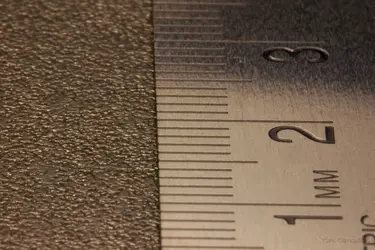cgipson1
TPF Noob!
- Joined
- Aug 18, 2011
- Messages
- 17,142
- Reaction score
- 4,350
- Can others edit my Photos
- Photos NOT OK to edit
Hey - need some clarification...
so I'm using this online DOF calculator...
Online Depth of Field Calculator
it mentions "Use the actual focal length of the lens for depth of field calculations. The calculator will automatically adjust for any "focal length multiplier" or "field of view crop" for the selected camera."
What does it mean by actual focal length? In the picture next to it on an 18-55 it has 55 circled. Does that mean I will use the 55 no matter what focal length i'm using?
It means if you are using a 50mm... then user 50mm. If you are using crop body, you might be tempted to put in a 75mm... but don't!
Use the ACTUAL FL.... not the FOV (crop sensor) FL!
Does that help?













